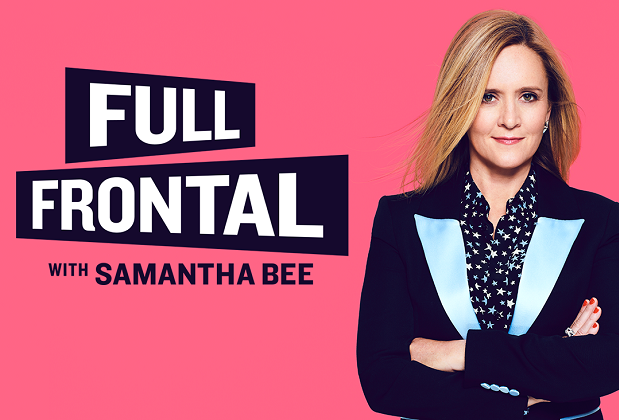#The MTA’s route out of its existential crisis

“#The MTA’s route out of its existential crisis”
The numbers are startling. Over a two-week period in late March, subway ridership plummeted to fewer than 500,000, from 5.5 million people on an average workday. Commuter-rail and bus ridership collapsed as well. Even now, after a summer of careful reopening, weekday ridership remains low. Subway ridership is now nearly three-quarters below normal.
In response, the MTA’s immediate task is both operational and psychological — and the stakes are high. It must provide reliable service to the riders who need transit now and demonstrate to everyone watching that it can do so without exacerbating viral outbreaks. Its ability to pull this off bears relevance for everything from Broadway theaters to nightclubs to group-fitness classes. Subways and buses, in other words, are the first real test of whether Gothamites can crowd safely into the other vital indoor spaces.
The hurdles are daunting. At least 131 transit workers have died from the coronavirus, translating into a death rate (351 per 100,000) far higher than the city average (270 per 100,000). These numbers lend validity to the perception that mass transit is risky.
The good news, though: Since ridership has increased over the past two months, COVID-19 cases have gone down.
And the MTA is taking precautions, requiring riders to wear masks and aggressively cleaning trains and stations (even pausing service overnight to do so). “Riders returning to the system for the first time in months immediately notice how clean it is,” says Sarah Feinberg, acting head of New York Transit. And messaging, says Tom Prendergast, former MTA chairman, is key. If you can convince the public to wear masks, he explains, you can reduce chances New York will return to sheltering in place.
But these precautions are expensive — disastrously so. Of the MTA’s roughly $17.2 billion annual budget, $8.6 billion comes from fare and tax revenues, which have now plummeted. Another $6.5 billion comes from tax subsidies from industries devastated by the shutdowns. The consulting firm McKinsey estimates that the MTA faces a $7 billion to $8.5 billion deficit this year alone. Even with an infusion from the federal CARES Act, this spells not so much a budget deficit as a budget bomb.
What’s to be done?
City government has a role to play in reducing subway crowding and redesigning streets to encourage biking, walking or busing to work, rather than taking cars or staying home. Fourteenth Street, for example, is now mostly bus-only. The city should take note of its success — and design other streets to follow suit.
Bicycles, too, have a role to play. In the first weeks of the shutdown, “all modes of transportation plummeted, but bikes plummeted less,” explained Polly Trottenberg, the city’s transportation commissioner. The city is building out bike lanes on major corridors, she explained, and it’s working with Citi Bike, a private franchise owned by Lyft, to add new bike stations.
Longer term, the MTA faces an even tougher problem: where to find money for the tens of billions of dollars in planned upgrades, replacements and repairs — and new construction it must do over the next five years. Some of the funding sources — including congestion pricing and the “mansion tax” — slated to fund previously planned renovations have disappeared or dwindled. It doesn’t help that millionaires are fleeing.
Ironically, COVID-19 conditions make for “renovation prime time.” Low ridership has enabled the MTA to accelerate $2 billion worth of work, including repairs on its underwater tunnel between Brooklyn and Manhattan and the installation of 11 elevators. Signal modernization could be next.
If the MTA can obtain federal funding, tied to reform, this could signal the best solution. Why not take advantage of historic low ridership to do more work, more quickly, without inconveniencing passengers? If federal funding isn’t forthcoming, the authority should at least prioritize repair and replacement, argues political scientist Philip Plotch.
Looming behind these questions, of course, is the biggest one of all: Will New York come back to what it was in February — and, if so, when? In normal times, New York’s complex, intertwined economy brings enormous benefits. Office workers support retail stores and restaurants, as do global tourists; their foot traffic, in turn, supports everything from the opera to museums to nightclubs. With each variable magnifying all the others, even a small change has huge effects.
For those who once enjoyed the benefits of Gotham’s precarious economic calculus, one can only hope that transit succeeds — so that the city can succeed again.
Nicole Gelinas is a contributing editor of City Journal, from which this column was adapted.
Twitter: @NicoleGelinas
If you want to read more Opinion News articles, you can visit our General category.
if you want to watch Movies or Tv Shows go to Dizi.BuradaBiliyorum.Com for forums sites go to Forum.BuradaBiliyorum.Com




